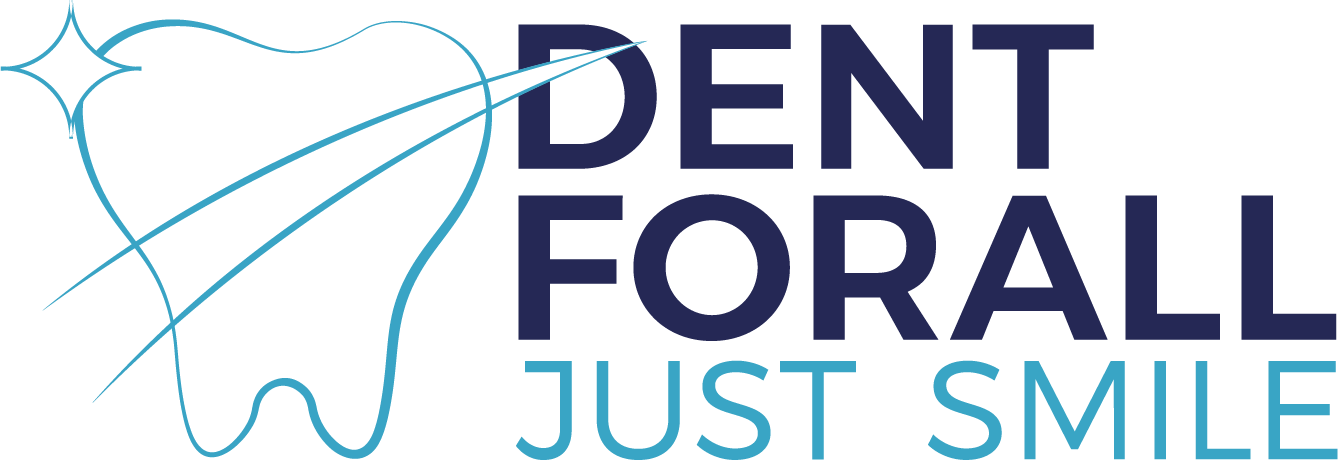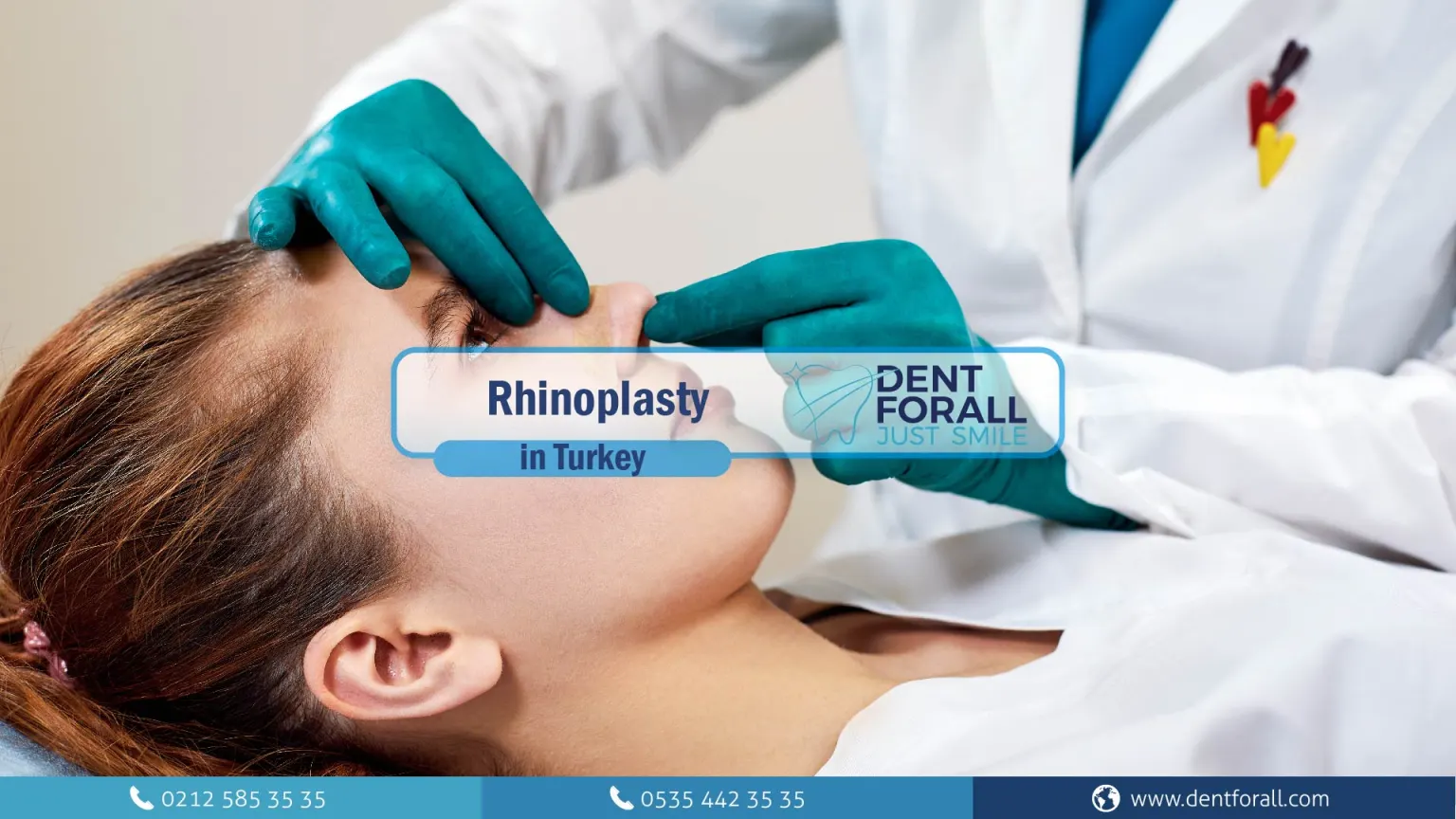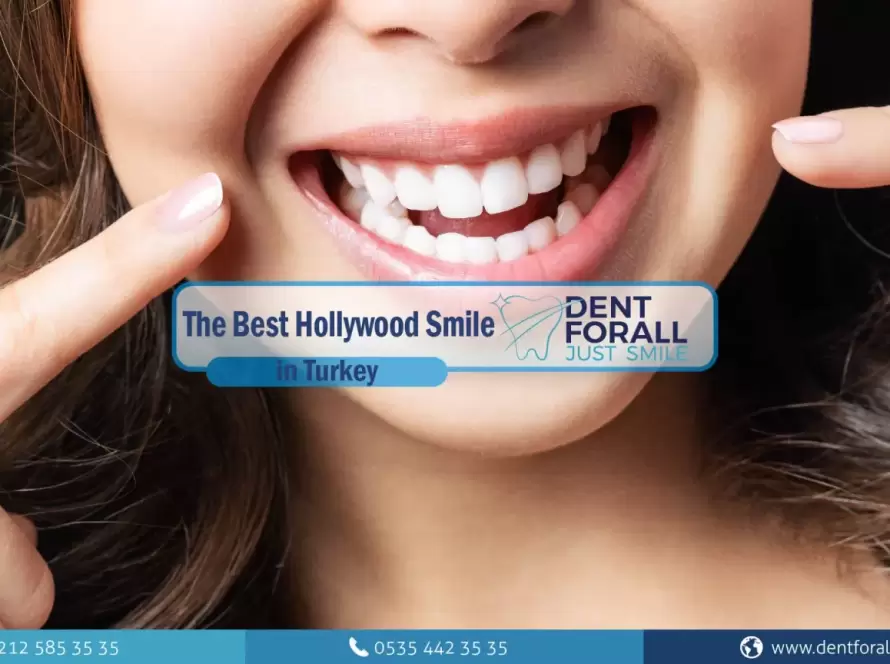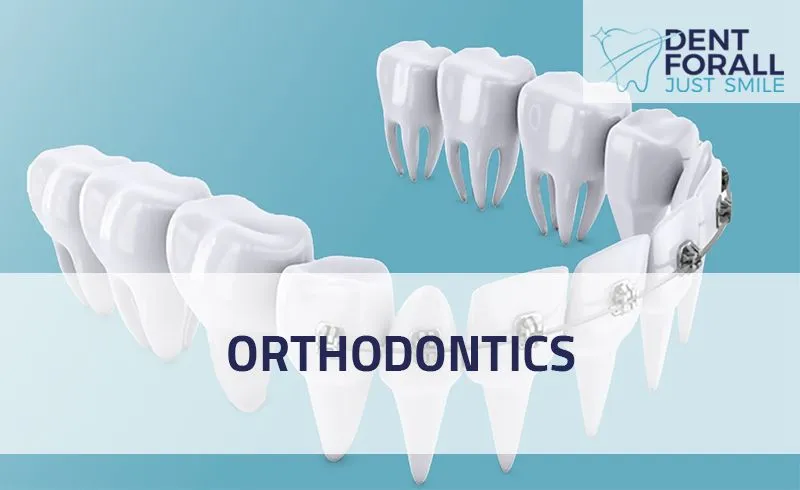Rhinoplasty in Turkey, especially in Istanbul, is a common procedure, as Turkish plastic surgeons have gained great experience, and today they are considered among the best in the world.
With rates up to 80% cheaper than in France.
Undergoing rhinoplasty in Turkey is the act of killing two birds with a stone, so that people can go to the shores of the Phosphor and for medical and aesthetic tourism as well.
Rhinoplasty, or rhinoplasty, is surgery that changes the shape or size of the nose, for cosmetic or functional reasons, to correct a birth defect, remove an injury, or solve breathing problems.
It allows you to change the line or thickness of the cartilage in the adenoids, or to narrow the nostrils or the angle between the nose and the upper lip.
Rhinoplasty should not be confused with septoplasty, which corrects a deviated septum. When both operations are performed during the same surgery, it is rhinoplasty.
This, also known as functional rhinoplasty, can treat a blocked nose and all of the accompanying symptoms, such as chronic nasopharyngitis.
In this case, the aesthetic improvement of the nose is not the main goal, but the intervention can still lead to a change in the shape of the patient’s nose.
In France, only functional rhinoplasty is covered by the health insurance.
The rhinoplasty surgery hardly leaves a scar. Thanks to technological advances, cracks are reduced and made invisible to the naked eye.
When the operation is performed well, no rework is required, and the success and satisfaction rates are very high.
Hence the importance of choosing a highly experienced rhinoplasty surgeon who listens to his patient.
Nose surgery in Turkey is a popular procedure, especially among women, and expert rhinoplasty surgeons have gained international fame in this field.
Many patients from Europe, Africa, or the Middle East choose Istanbul to have their nose replaced.
They are attracted by the experience and quality of service of clinics specializing in plastic surgery, but also the prices, between 60 and 80% less than France and the United States.
There are four types related to rhinoplasty, and they differ according to the problem that the patient suffers from, including:
structural rhinoplasty
Structural rhinoplasty involves strengthening the nasal cartilage and bone structure. It interferes with the bone cartilage of the nasal organ, it helps to restore balance and harmonize the shape and thickness, by controlling the position and fate of the components of the nose.
Rhinoplasty is often combined with surgery to correct a deviated septum (the twisted cartilage blocking the nose) and sometimes with surgery to augment the chin through an implant. But in order to reduce the size of the nose, a complete rhinoplasty is necessary.
Rhinoplasty with cartilage graft:
In this type of rhinoplasty, a piece of cartilage is removed from a place where its role is not important and does not cause noticeable aesthetic consequences, to be grafted onto the nose.
Cartilaginous grafts are either taken from the nasal septum, some cartilage in the ear, or even from certain ribs of the rib cage. Grafts may be necessary to preserve existing nasal structures, to strengthen them or to avoid subsequent deformities.
They may be grafted onto the nose or under the skin to modify the shape, increase the size, or camouflage a defect. Vaccination is not recommended if the patient’s skin is very thin.
But when the skin is thick, only these grafts allow obtaining the utmost precision and avoiding the risks of thick skin.
Open rhinoplasty
Open rhinoplasty means opening the central structures of the nose, which is produced by a small scar a few millimeters between the two nostrils, which fades after a few weeks.
It makes it possible to visualize the entire shape of the nose, not just the central part, and to intervene more easily to reshape all nasal structures. Open extended rhinoplasty is now used in the vast majority of cases.
Medical rhinoplasty
It is a harmless cosmetic procedure, without surgery or anesthesia.
It consists of adjusting the shape of the nose by injection, most often with hyaluronic acid, and sometimes with botox supplements.
The process takes about 30 minutes.
It can help rebalance the size of the nose, lift the tip, reduce protrusion or correct defects, or defects from a previous rhinoplasty procedure. Technology to be renewed after 18 months.




